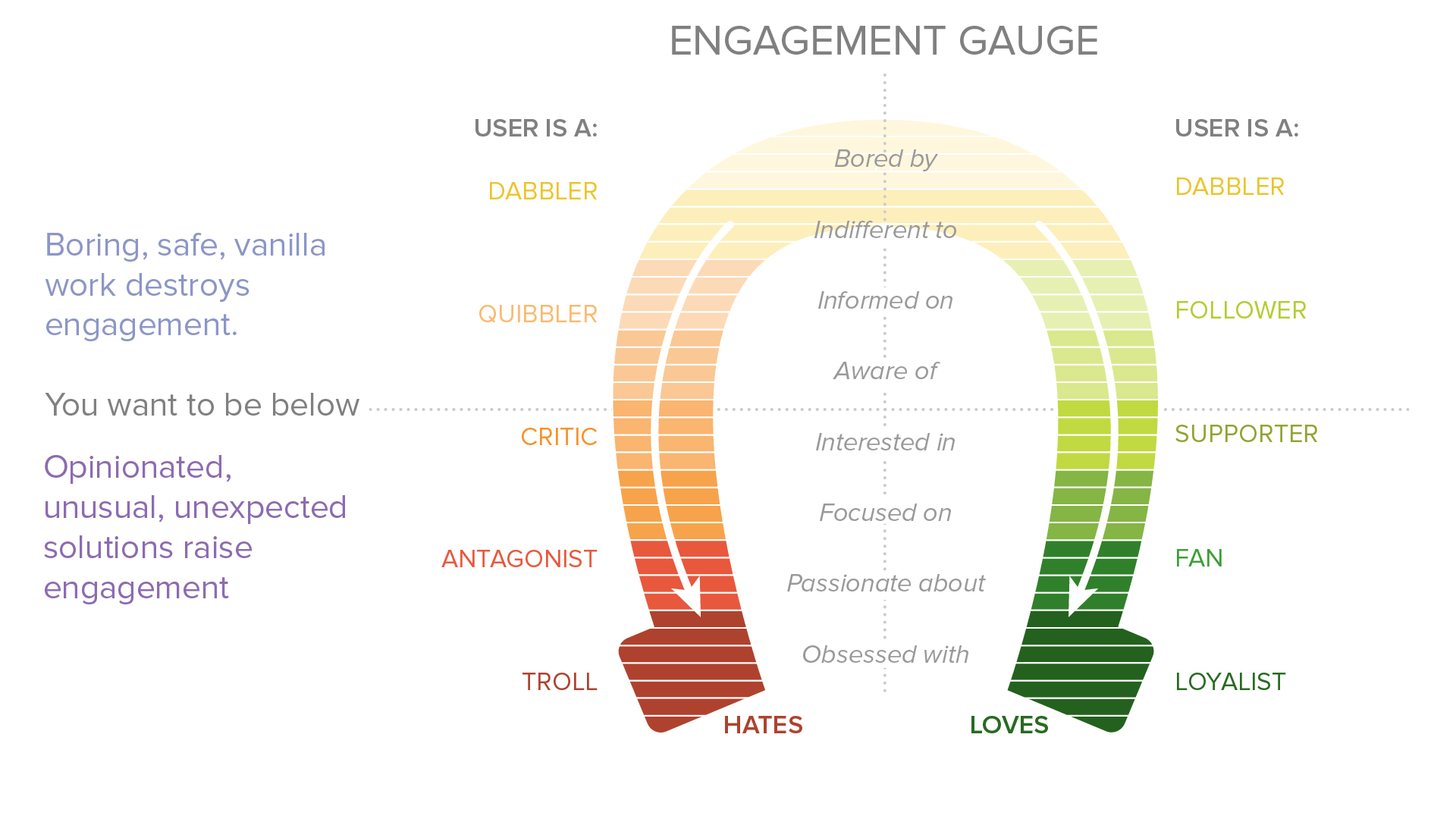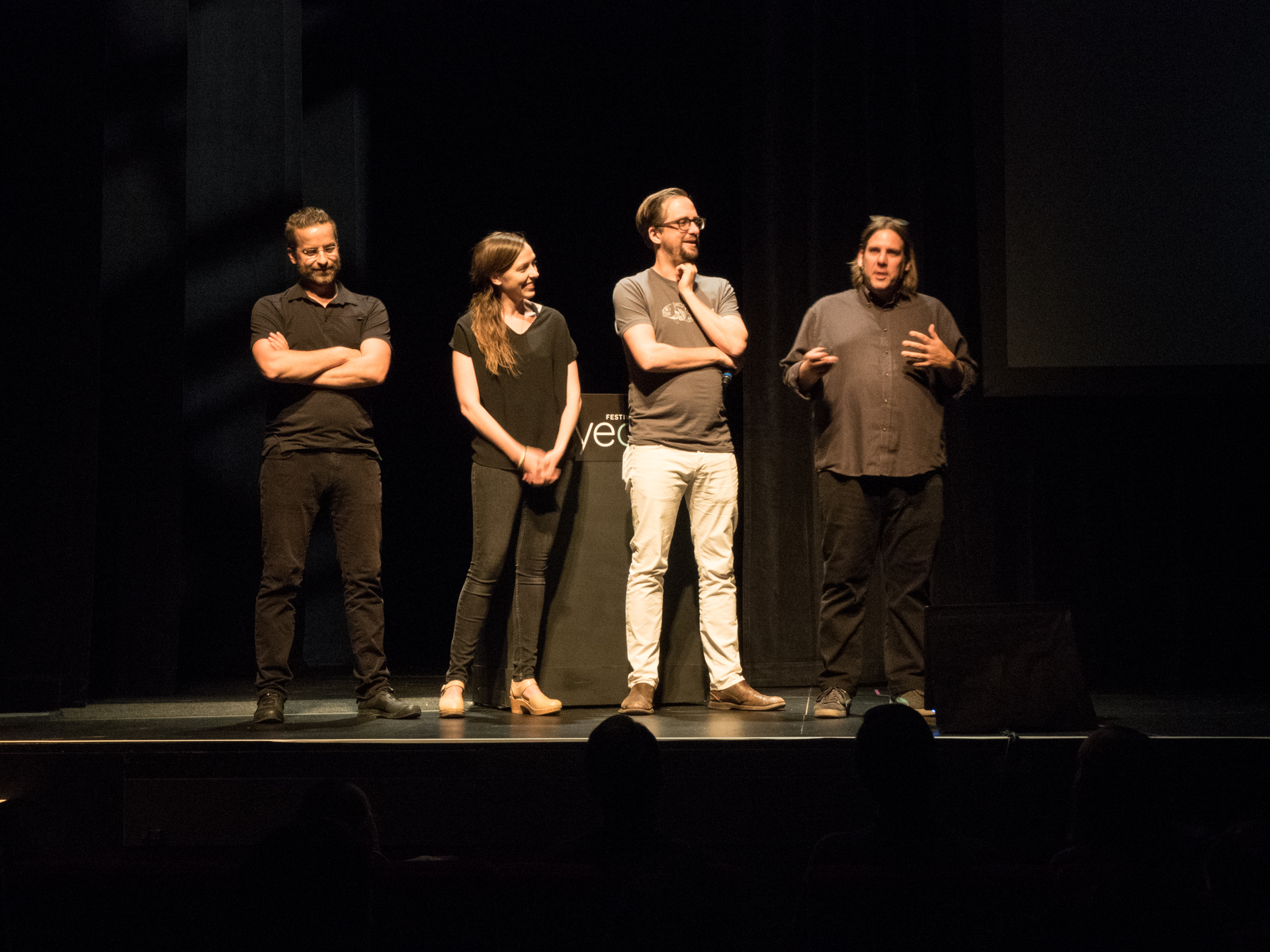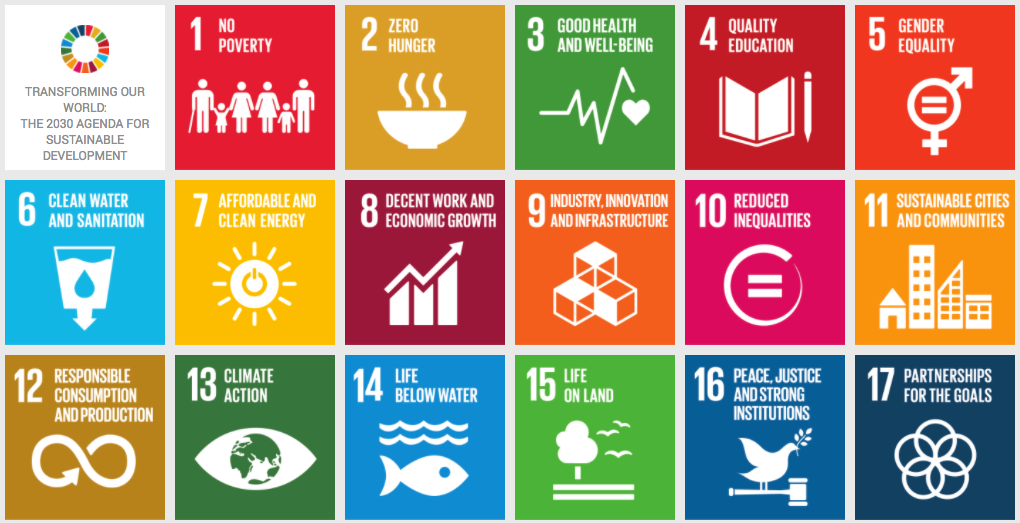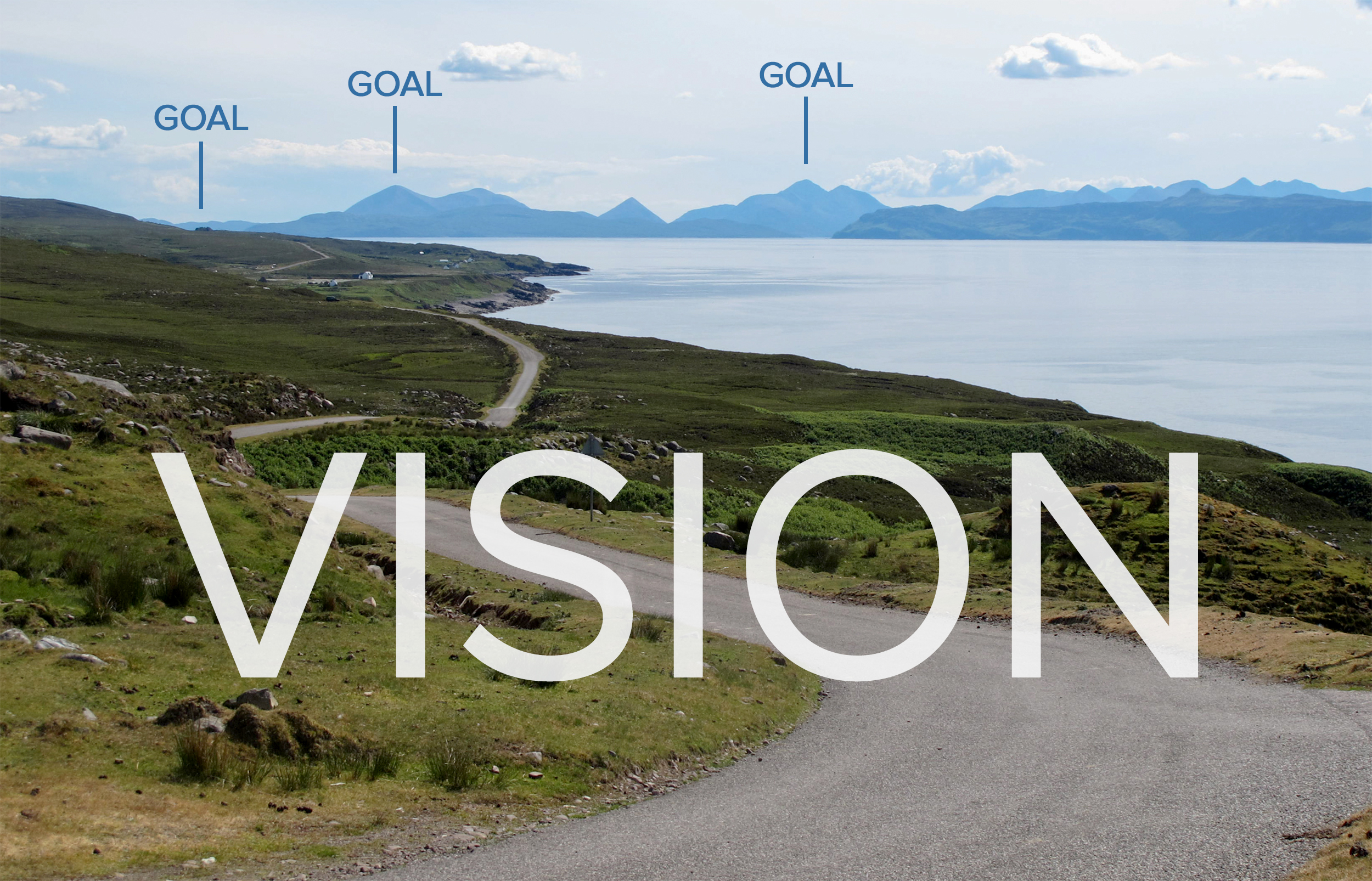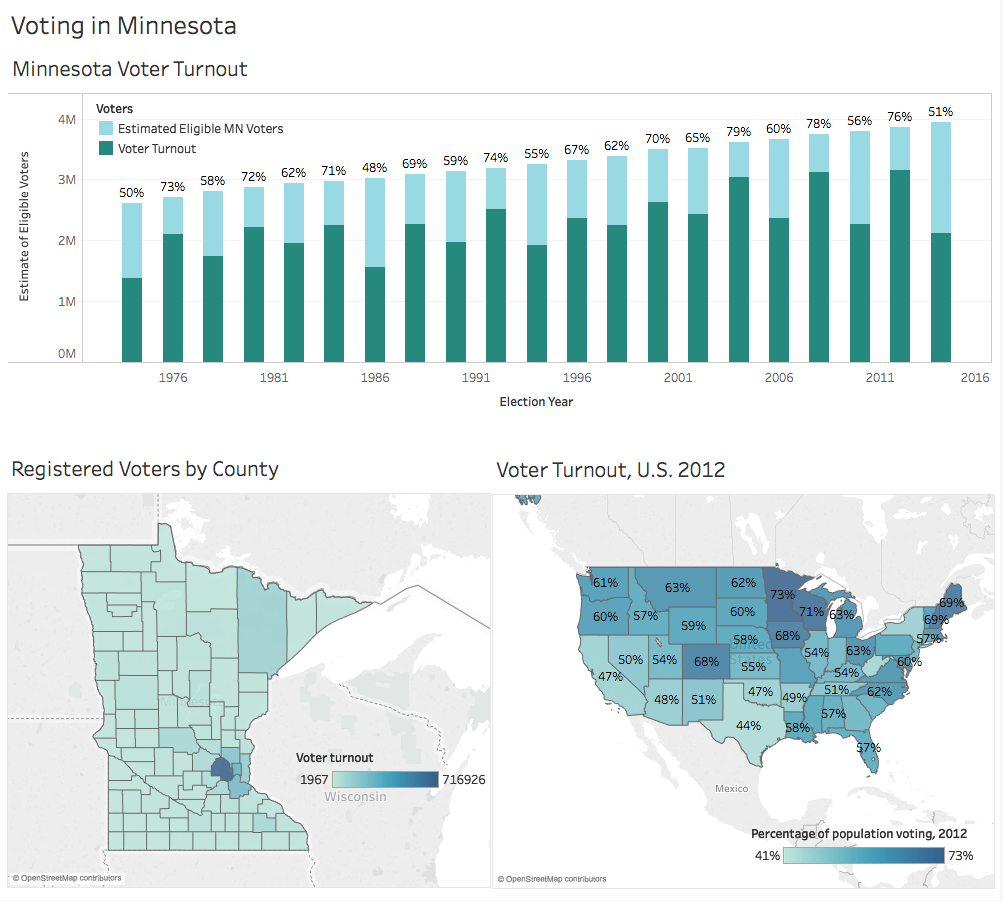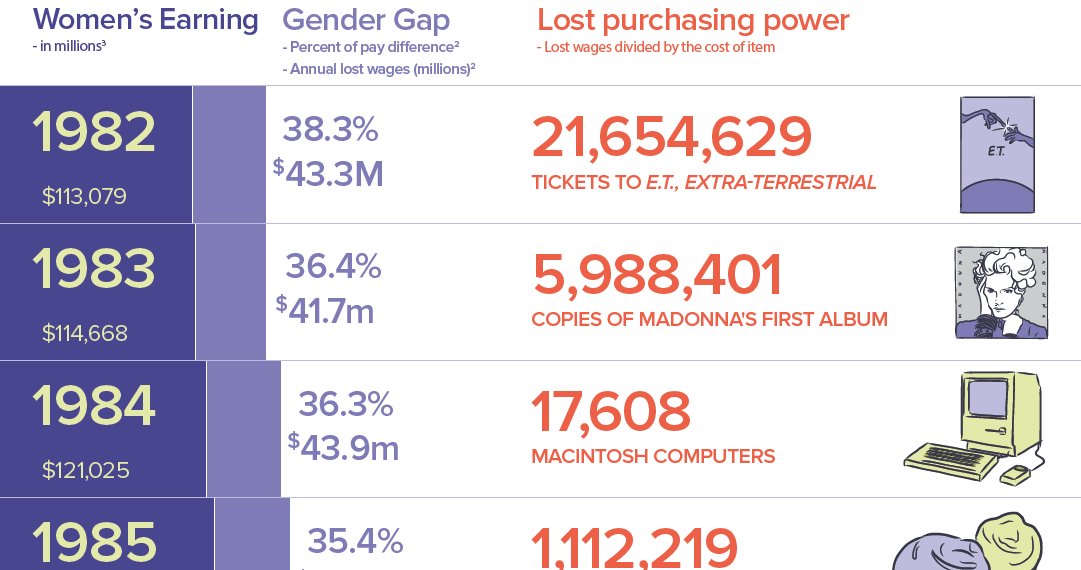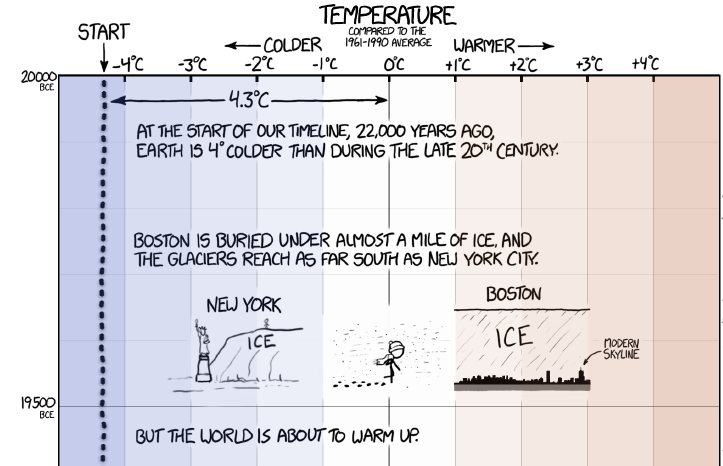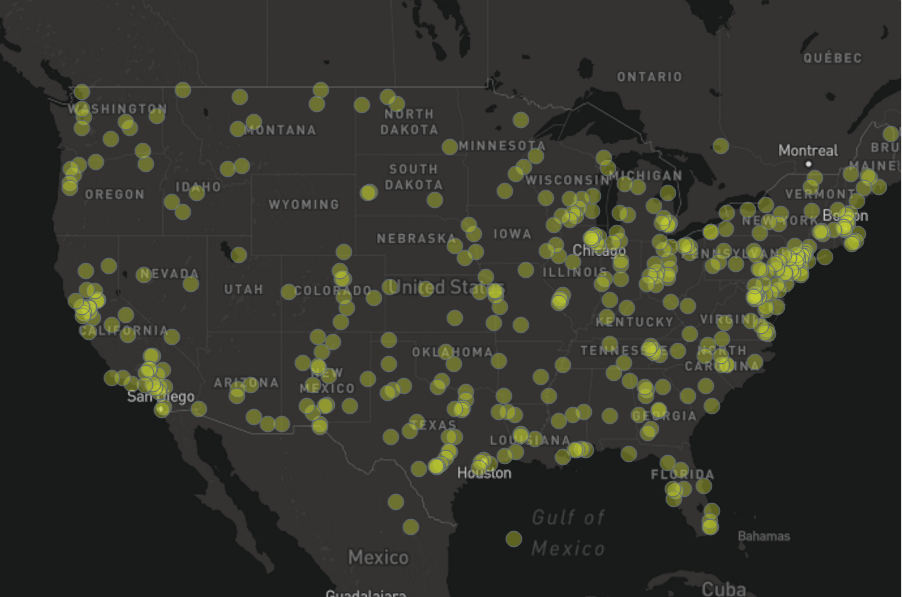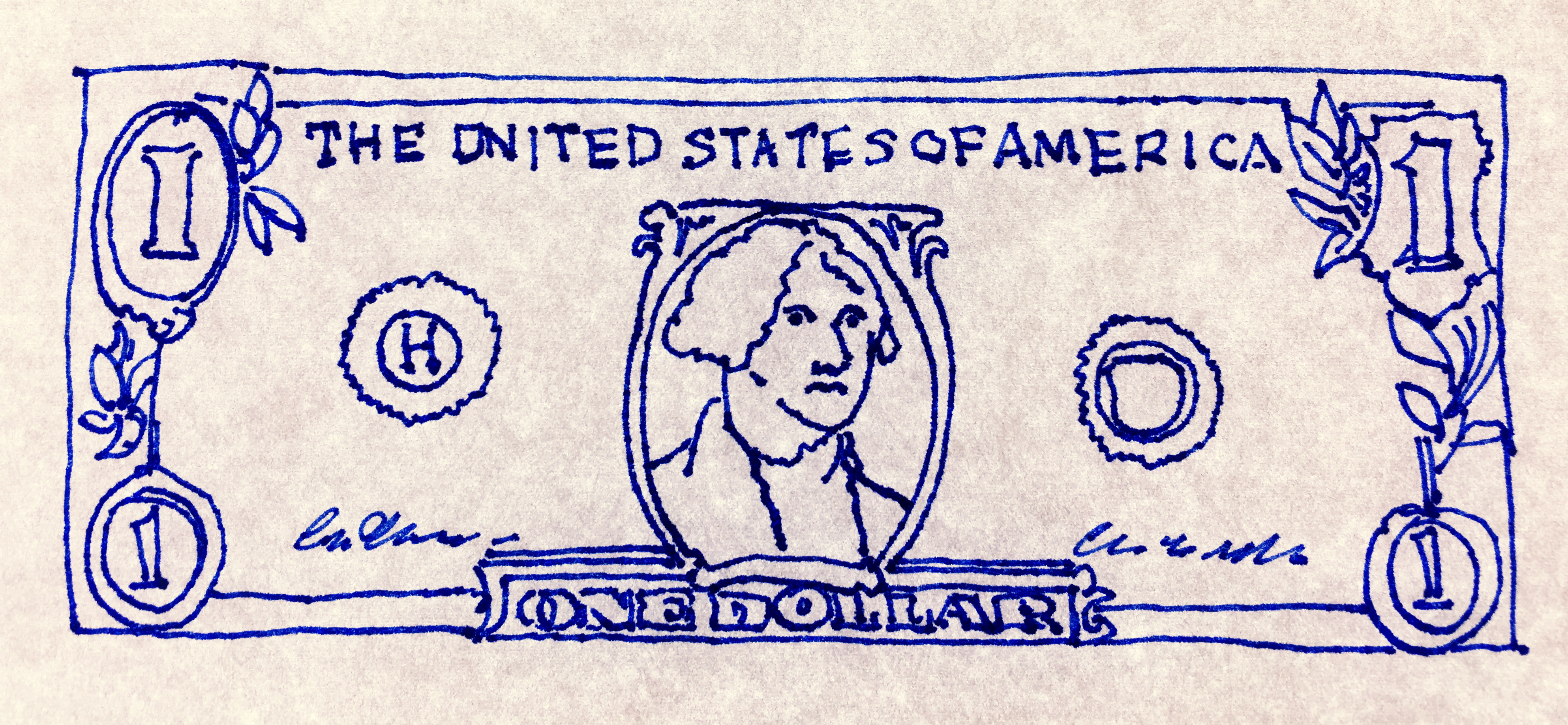
As a business owner, product owner, marketer or communications director do you value creative work? Does it make an impact on your bottom line? Generate awareness? Build your brand? Get attention for your product?
If you do, then please help persuade your peers, fellow board members, and colleagues against asking for free creative work. Stop holding logo contests. Don’t ask for volunteers to design, write, illustrate, photograph, animate, code or produce anything for free. Refuse to approve spec work. Stop expecting creative makers to work for free. Read More

